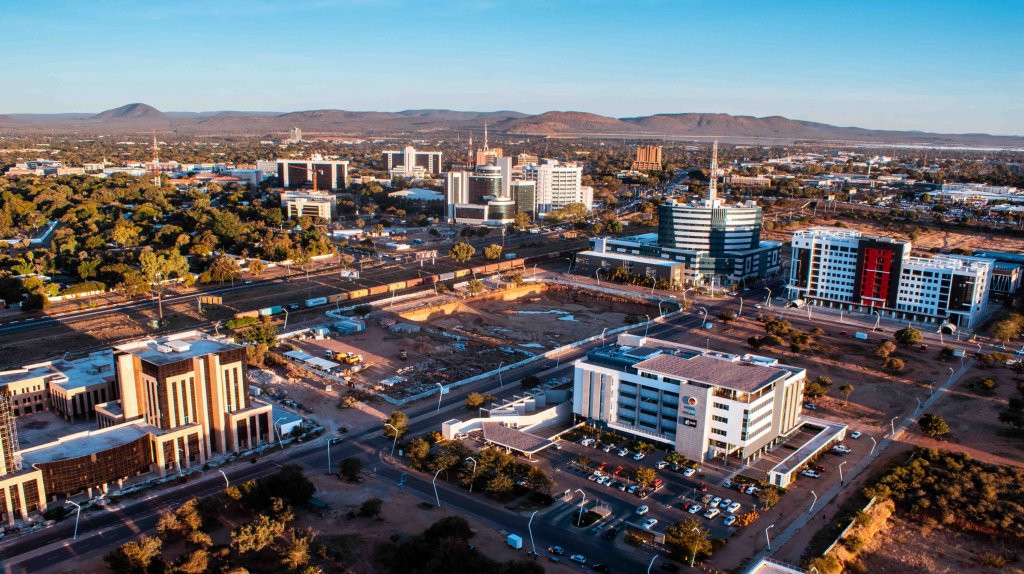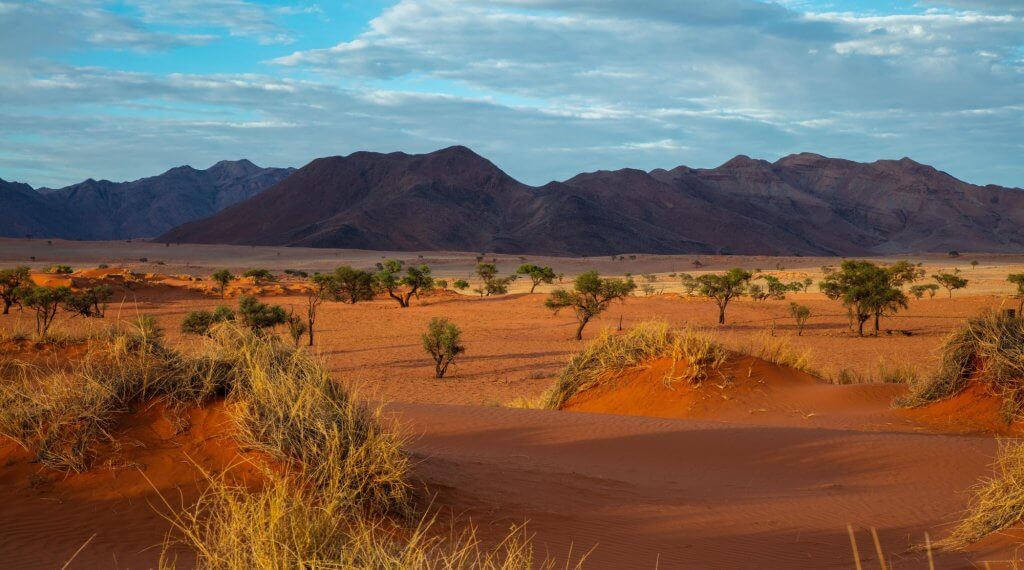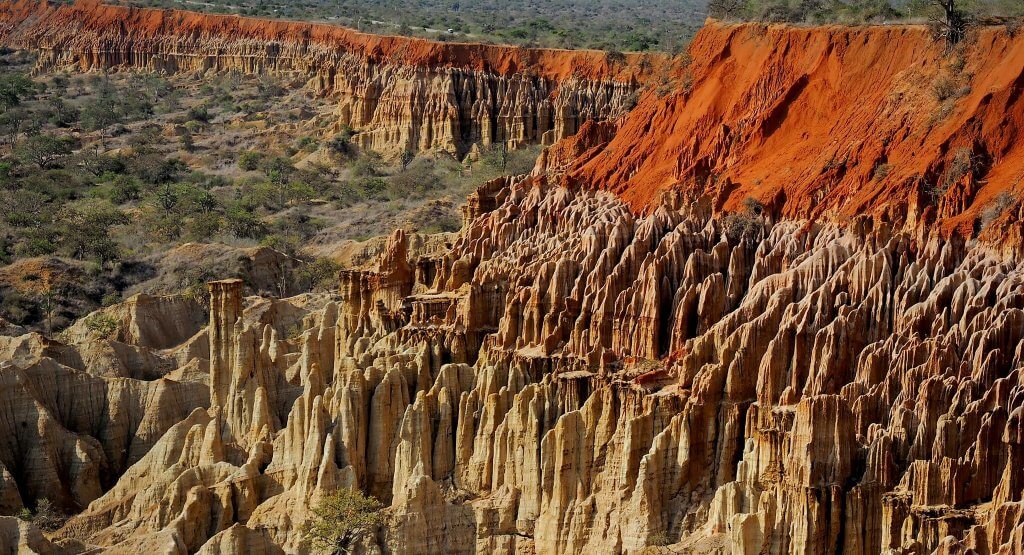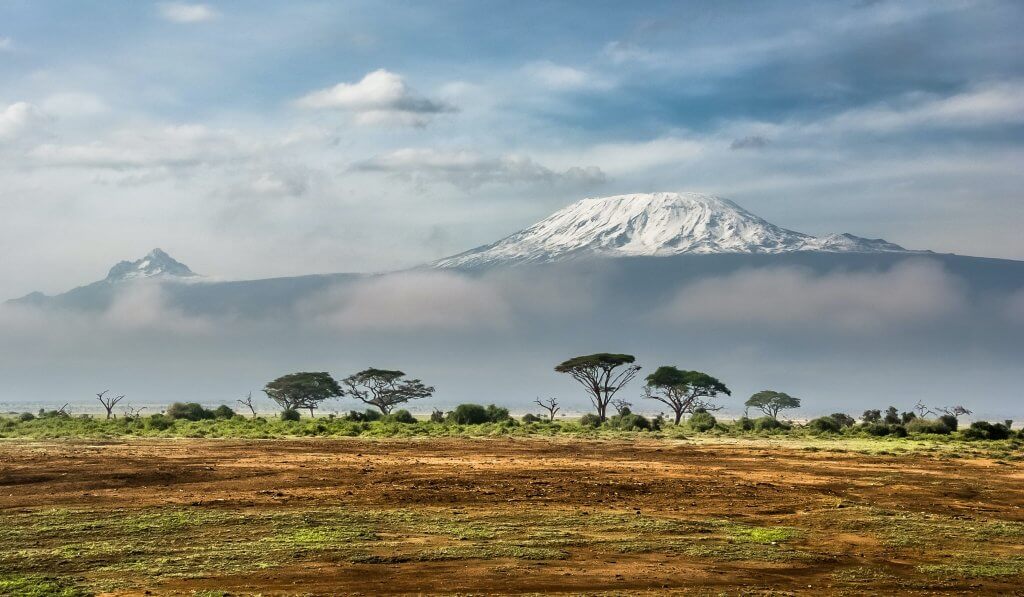What are Botswana-Sort Diamonds?
Key Takeaways
- Botswana-Sort diamonds are sourced in Botswana, South Africa, and Namibia, specifically by the De Beers Mining Group who maintain tight control on the standards of diamonds coming out of those countries.
- Consumers are increasingly more aware of what a diamond’s country of origin means. Tiffany & Co., since 2019, provide such information for all their diamonds, having previously laser-inscribed the country of origin onto the diamond in the early 2000s. They choose to provide this information to celebrate the positives of the diamond industry, not just to disclose potential issues.
- Botswana, South Africa, and Namibia benefit from the diamond industry, as employment opportunities and outside investment offer plenty to their economies.

The simplest things can symbolize the most significant changes. For the diamond industry, which is so commonly associated with images of luxury and opulence, glamor and silver screen romance, something as simple as a placard featuring a single name – Botswana or South Africa, Russia, or Sierra Leone – is all that is needed to represent one of its most transformative movements: traceability.
Until relatively recently, it was easy to buy a diamond – even from some of the major retailers – without any mention of its country of origin. Shoppers knew peripherally that, for the most part, diamonds came from Africa, but not always which countries. Of course, a couple of names stood out over the years – Sierra Leone and Angola, for instance – for the wrong reasons. As the troubles these countries faced with their diamond industries throughout the 1980s and 1990s became public knowledge, and the true issue of conflict diamonds, consumers became aware (perhaps for the first time) of what they didn’t want to support.
And, as the 1900s gave way to the 2000s, many of us have remained keenly aware of the harm diamonds can cause if they are able to fall into the wrong hands.
However, traceability is about far more than avoiding blacklisted countries. It’s about embracing the positive parts of the diamond industry (of which there are many) and preventing anything from slipping back into obscurity.
This is why luxury jeweler Tiffany & Co., a company famous for its diamonds, began providing a country of origin for almost all of their diamonds in 2019. While some, however, are labelled according to their country, other diamonds are referred to as ‘Botswana-Sort’.
The term caught on, and is now relatively common in the industry.
What Does Botswana-Sort Mean?
It means that the diamonds were sourced from Botswana, South Africa, or Namibia.
More specifically, it means that these diamonds were sourced from De Beers Mining Group – one of the most influential mining groups in the world.
De Beers diamonds originate from each of these three African nations and, since they have such a firm grasp on the standards upheld by each of the countries’ diamond industries, De Beers doesn’t keep a tab on which specific country each diamond has originated from.
This isn’t an issue of traceability, but of but of efficiency – and a strong sign of the mining group’s unwavering confidence in the ethicality of the diamonds produced in Botswana, South Africa, and Namibia alike.
Tiffany & Co. have been keeping a close eye on their diamonds’ origins since the 90s – and, by the early 2000s, it was laser inscribing its diamonds to ensure that there would always be a clear, traceable line back to the country of origin. As one of the most prominent jewelers in the world, upholding a high standard for ethics is nothing new, but only in the past couple years has the jeweler begun proactively informing their customers of those origins.
The decision is demonstrative of yet another corner being turned by the industry – a decision to embrace the parts of the world that make the diamond industry what it is, and to share that journey with shoppers who are increasingly invested in the origins of the products they buy.
The Countries
While, these days, it is easy to include Botswana, South Africa, and Namibia under the same label, it’s important to understand them as separate entities, all offering the diamond world something different – and positive.
Botswana
Botswana claimed independence from its British colonizers in the autumn of 1966 – a fact which meant that, when a major source of natural diamond was discovered in 1967, the country was able to build a strong and stable industry (alongside De Beers themselves) that generated a new, major line of income for the country.
In the years since, diamonds have come to represent the country’s most significant export. At the same time, the country has come to represent a major source of ethical and conflict-free diamonds.
As a result of De Beers’ strong relationship with the Botswanan government (something which helped to keep the industry stable as it grew and developed) the country is now home to a major sorting house for the mining group.
In other words, Botswana represents a major center for the global diamond trade.
This is why the term ‘Botswana-Sort’ came about – because so many of De Beers’ rough diamonds are sent to be sorted in this major center in Gaborone, Botswana’s capital city.
In fact, the majority of Botswana-Sort diamonds are Botswanan, although many originate from South Africa and Namibia, too.
You can read our full guide to Botswanan diamonds here.
South Africa
While, these days, Botswana represents one of De Beers’ major international centers, South Africa will always represent the place where it all began, during the height of the country’s diamond rush back in the late 1880s.
In response for a clear demand for a structured and regulated approach to mining the country’s newfound kimberlite deposits, De Beers was founded. Since then, the country has represented one of the most significant sources of ethical diamonds, and played a major role in the creation of the Kimberley Process, which helped to almost completely eradicate the issue of ‘blood diamonds’.
Now, more than a quarter of De Beers’ South African division (De Beers Consolidated Mines) is black-owned, and diamonds account for a major cornerstone of South Africa’s thriving economy.
Read more about South African diamonds here.
Namibia
Unlike the other two countries mentioned above, Namibia’s natural diamond deposits are largely found in ‘alluvium’ – sedimentary deposits created by the flow of water. There are major sources of diamonds just beyond the edge of the Namib Desert, in the Atlantic Ocean, and De Beers’ Namibian division (Namdeb Holdings, which is half-owned by the Namibian government) is largely responsible for mining those marine deposits.
They have invested significant funds into ensuring that their recovery efforts are conducted in a way that protects the unique ecosystem found off Namibia’s shores, and have helped to ensure that the country’s diamond industry is one that brings many employment opportunities, and significant income to boost Namibia’s vital infrastructure.
Click here to read the full store on Namibian diamonds.
Are Botswana-Sort Diamonds Ethical?
Yes, diamonds that have been mined and sorted by De Beers adhere to high standards for ethics.
The term has become so easily recognizable within the diamond world that other jewelers and vendors, such as Brilliant Earth, have also started to use it for their diamonds.
While, on the surface, it can sound vague – after all, the term applies to three different countries, all of which take slightly different approaches to their diamond industries – it makes clear the fact that those diamonds have been sourced in a way that a modern consumer, with all the facts at their disposal, would have wanted them to be sourced.
How Do You Know if a Diamond is Ethically Sourced?
So many of the world’s diamonds originate from ethical and conflict-free sources, and the best way to ensure that yours is one of them is to learn about the country from which your diamond originated, and talk to your jeweler about their efforts to ensure traceability.
Whether you’re buying a diamond from Tiffany & Co. or an independent jewelry store in the middle of America, knowing where your diamond came from is incredibly important. It is part of being an ethical consumer, and recognizing the diamond industry for its unique parts, rather than dark points in its history.
Any good jeweler will be well aware of where their diamonds come from, and will be happy to discuss things with you in greater detail.
Tiffany & Co.’s characteristically robin egg blue map, detailing the countries from which its diamonds originate, is the tip of the iceberg, and indicative of a much wider movement that has been growing across the diamond industry for decades.
Our Summary
There is more transparency across the diamond industry than ever before. It has been around three years since Tiffany & Co. made the decision to offer their customers details on the origins of their diamonds, despite the fact that the luxury jeweler had been adhering to strict practices for ethical sourcing and traceability for many decades already.
You don’t have to make a beeline for Tiffany & Co. in order to ensure that your diamonds are ethically sourced. Learning about the world’s diamond producing countries, and how they have ensured that diamonds bring positive change and support to their people, rather than the level of suffering we have seen in the past, means not having to second guess your decision, or turn away from natural diamonds entirely.
It is extremely heartening to see and increasing number of jewelers – both prominent and independent – embracing traceability. These days, it’s about more than proving the ethics of the diamonds they sell – it’s about celebrating and recognizing the parts of the world where diamonds have made a genuine and lasting difference on the people, and on the economy.

Dec 24, 2021 By Willyou.net
Namibian Diamonds

May 19, 2022 By Willyou.net
Angolan Diamonds








